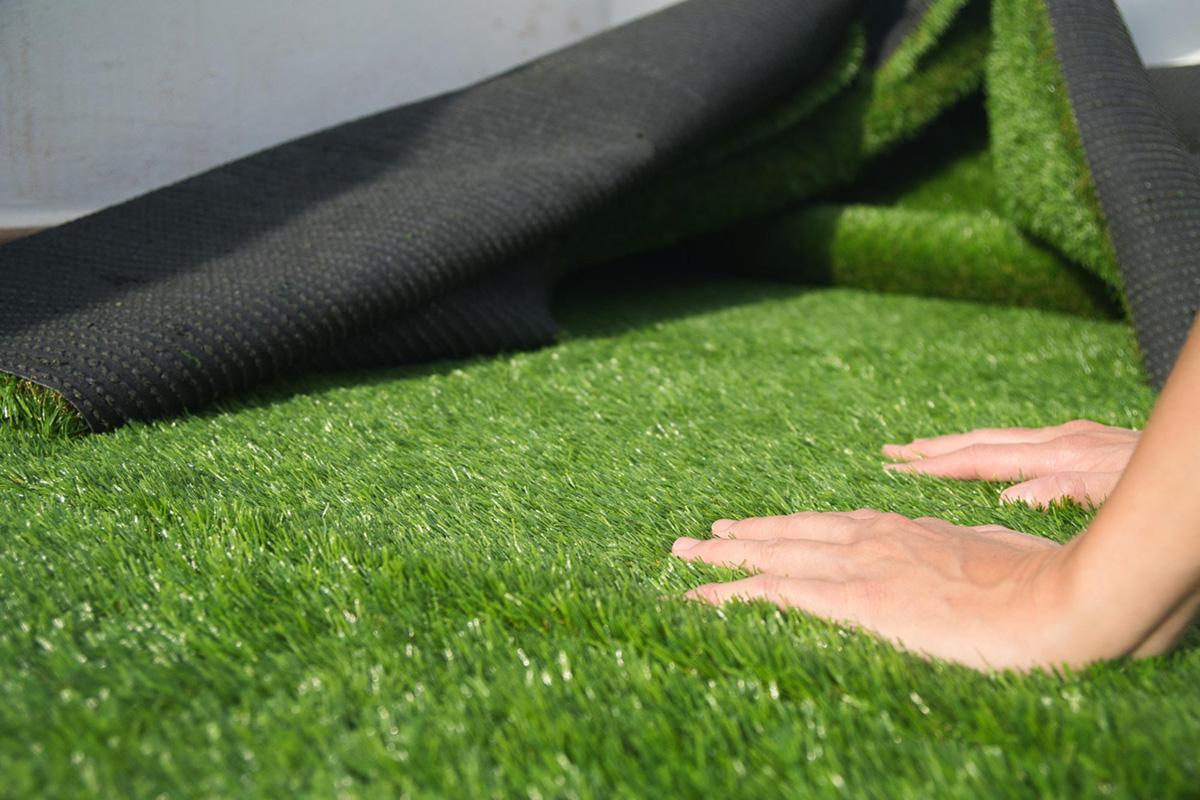A Guide to the Texture of Synthetic Turf

Artificial grass has become increasingly popular in recent years, due to its low maintenance and water-saving properties. However, some individuals may still have concerns about the texture of synthetic turf and want to know how it compares to natural grass. If you are considering installing artificial grass in your landscape, it is essential to understand how it feels and looks. In this blog post, we will examine the texture, softness, and temperature of artificial grass to help you make an informed decision.
Texture
The texture of artificial grass is determined by the thickness and length of its fibers. Synthetic turf can vary in texture, from short and dense to long and thin. The texture you choose will depend on your preferences and how you plan to use your lawn. Short, dense fibers are ideal for areas with high foot traffic and activities such as children's play areas, while long, thin fibers are suitable for areas that are more decorative, such as putting greens.
Softness
One of the most significant advantages of artificial grass is its softness. Unlike natural grass, which may be uneven and lumpy, synthetic turf provides a consistently soft surface. Modern artificial grasses are designed to have a soft, plush feel similar to natural grass. This is achieved by combining different types of fibers that create a layered effect. The bottom layer is typically made of harder fibers, which provide structural support, while the upper layer is comprised of softer fibers that create a soft cushioning effect.
Temperature
Another concern that individuals may have about artificial grass is whether it heats up in the sun. The answer is yes, but only slightly. Like any other surface in direct sunlight, synthetic turf will absorb some heat; however, the temperature increase is minimal, especially when compared to traditional surfaces such as concrete and asphalt. Additionally, high-quality artificial grass has a cooling effect, because it does not retain heat like traditional surfaces do. Overall, the temperature of artificial grass is not a significant concern when considering its feel.
Maintenance
One of the most significant advantages of artificial grass is its low maintenance requirements. Synthetic turf does not need mowing, watering, or fertilizer, reducing the amount of time and money spent on lawn care. Additionally, the materials used to create synthetic turf are designed to withstand wear and tear from daily use, ensuring that the grass will remain soft and plush for many years. Compared to natural grass, artificial grass requires less maintenance to maintain its texture.
Conclusion
Artificial grass is a popular choice for homeowners looking for a low maintenance, water-saving alternative to natural grass. Synthetic turf is designed to have a soft, plush feel similar to natural grass, but without the maintenance requirements and environmental impact. The texture of artificial grass depends on the thickness and length of its fibers, while the softness is achieved through a multi-layered design. While it may absorb some heat in the sun, artificial grass does not retain it, making it a cool and comfortable surface for outdoor activities. If you are looking for a patio and driveway turf inlay in Florida or considering installing artificial grass, contact From The Ground Up Landscaping to book an appointment and get started!